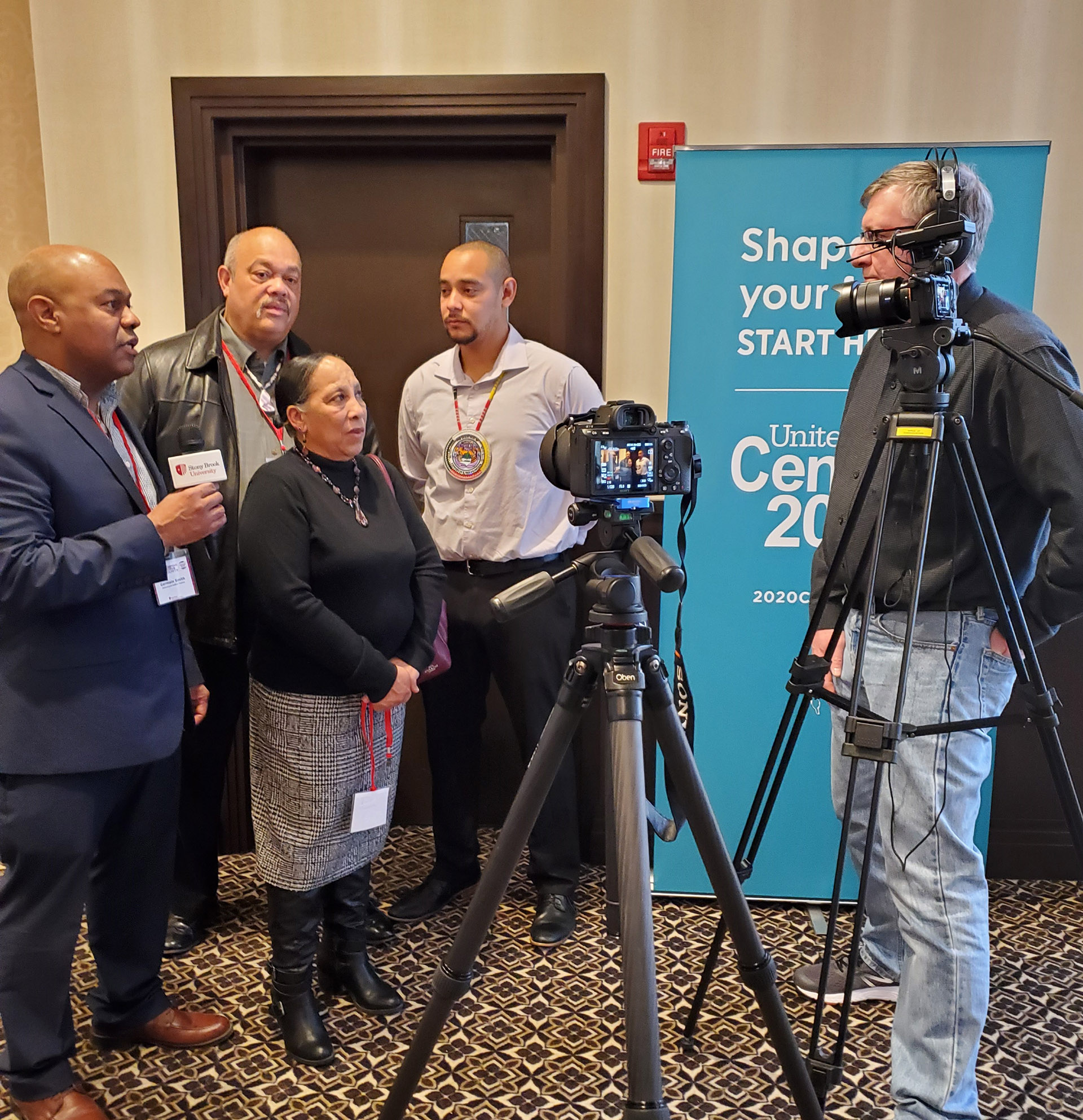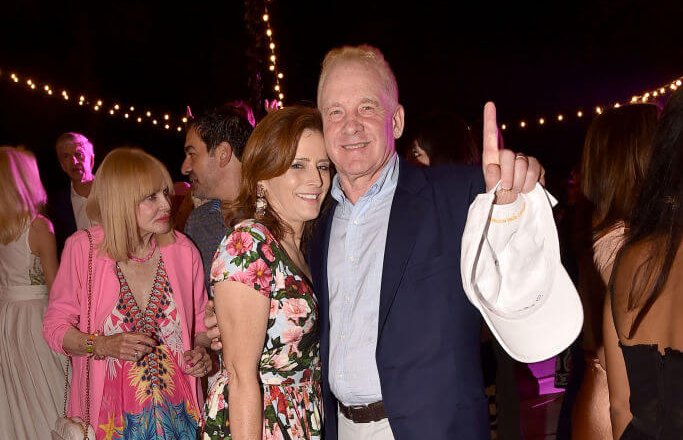Shinnecock Nation Demands Accurate Census Count


Members of the Shinnecock Indian Nation are standing with other tribal leaders, elders, and community advocates calling for a more accurate census count of indigenous peoples.
“A good census count ensures that accurate data will guide funding and planning decisions for tribes and native communities for a decade,” said Shinnecock Nation Council of Trustees board member Germain Smith.
He and tribal leaders from four of Long Island’s aboriginal nations met with representatives from the U.S. Census Bureau at “Indigenous Suffolk Counts: We Are Still Here,” a census information session held at the Hyatt Place Long Island/East End in Riverhead March 1 to address concerns and discuss the importance of a correct count. Smith’s organization Shinnecock Leaders of Tomorrow helped fund Indigenous Suffolk Counts through its partnership with the New York State Census Equity Fund.
The meeting’s focus was on reaching pockets of unidentified indigenous people residing in Suffolk County, and to encourage them, regardless of tribal affiliation or language, to check only one box in the race section of the 2020 Census to identify as Native American only.
“It is very important that we self-identify and create the opportunity to count ourselves and be counted,” said guest speaker Lynda Perdomo-Ayala, MSW, who represented Suffolk County Executive Steve Bellone’s office and the Suffolk County Human Rights Commission.
Perdomo-Ayala, who identifies as Puerto Rican and has cousins of Taino indigenous heritage living in aboriginal communities in Puerto Rico, said race in America has been historically assigned at birth based on the binary extreme of white or black. Self-identifying as Native American only, she said, allows indigenous people to reclaim their tribal identity and bring awareness to their continued existence in modern society, reinforcing the campaign’s motto: “We are still here. Be counted.” After choosing Native American, respondents can then write in their primary tribal group by name.
According to U.S. Census officials, this process of checking only one box ensures that important program and infrastructure funding reserved for Native Americans reaches these underserved communities; whereas those who identify as two or more races are counted as multicultural, an ambiguous category that is not considered for targeted funding.
This revelation prompted a dialogue among the four attending tribal nations and the crowd of nearly four dozen tribal community members and allies. Smith, Seneca Bowen, Danny S. Collins Sr., and Linda Franklin represented the Shinnecock Nation; Chief Robert Pharaoh, the Montaukett Indian Nation; Chief Harry Wallace, the Unkechaug Nation; and Elder Hannah Thomas, the Setalcott Nation.
Chief Wallace expressed his frustration with the census question’s direction to “mark one or more boxes,” if the potential answer only serves to dilute funding opportunities for underserved groups. Kelly Dennis, a lawyer from the Shinnecock Nation, said that while the system may be biased, in order to maintain tribal sovereignty, these communities must work within it to be able to access the funding and resources they require to function like any U.S. city or town.
“Being a Native American, specifically a member of a tribe, is a political identity. It’s not just a racial identity,” she said. “That is why we are sovereign nations who have a specific government-to-government relationship with local, state, and federal governments.”
Other guest speakers included Marie Smith of the Long Island Community Foundation and Jeff Behler, the U.S. Census Bureau New York State regional director, who each addressed the implications of census data, including how it will affect indigenous representation at the local, state, and federal levels.
“We will not allow indigenous people to be made invisible,” said indigenous ally Carolyn Peabody, PhD., a Stony Brook University School of Social Welfare professor who founded Indigenous Suffolk Counts with the support of the university, the New York Community Trust, and her indigenous students and colleagues. “Every time we stand up and stand together, these are all acts that pull the rug out from historical and institutional efforts at cultural annihilation.”
desiree@indyeastend.com



